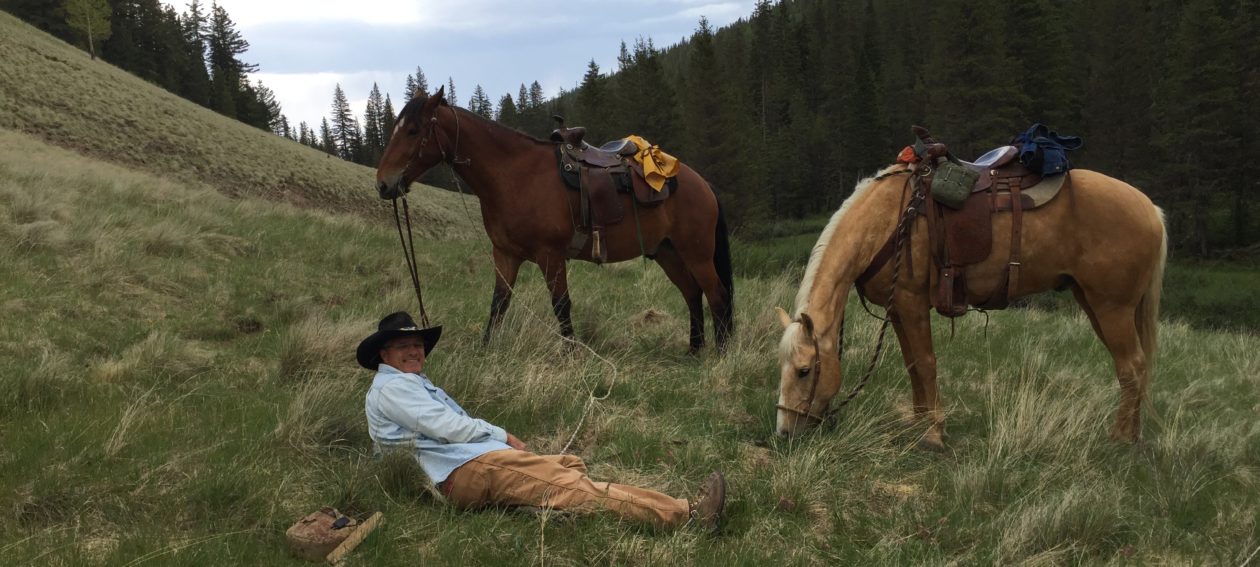I spent quite a bit of time today searching and reading information on the Antiquities Act of 1906, also known as the Lacey Act, as well as information regarding the evolution of the legalities and legislation involved with preservation of lands in the United States of historic, scientific, and esthetic value, including the creation and development of the National Park Service and the United States Forest Service. Interesting stuff. I’m learning a lot of new things.
For instance, I learned that Casa Grande Ruins was the first of the historic sites specifically denominated a “monument” in the United States, and that the creation of national parks and monuments originally began as a cooperative effort between the legislative and executive branches of government to balance the demands of a growing country, growing economies, and to stop the wanton destruction of historically and scientifically significant sites on federally controlled lands by antiquities seekers and traffickers.
Proponents of the protection of significants sites lobbied Congress for many years, gaining here, losing there, until the Antiquities Act, in its final form was created and adopted in 1906, giving the President of the United States the authority to “proclaim” national monuments to remove historically, scientifically, and esthetically significant objects and sites from the public land disposal system that handled the conversion of public lands to private use and ownership (such as through the Homestead Act) and to afford them enhanced protections through the provisions of the Antiquities Act.
One of the significant arguments involved in the development of the Act was whether the President’s authority should extend to determining the size of such monuments and whether there should be size restrictions. Original discussions included such numbers as 320 acres or 640 acres, however the provision finally settled on was simply that the monument should be the minimum size as to allow for the preservation of the “object” of the monument, and it was up to the President to determine the monument’s boundaries.
So, the Antiquities Act provided the President of the United States the authority to proclaim national monuments, without restriction as to how many may be created, without any restrictions as to the size and scope of the monument, without respect to the voice of the people, including the extensive use of Eminent Domain for the seizure and forfeiture of private properties that may be in the way, and without recourse from the Executive Office that created it.
Over the years, since the Act became law, the size and scope of national monuments has increased dramatically. The largest of our current 126 national monuments is the Papahānaumokuākea National Monument, an underwater monument, which is the largest protected area in the world, created by President Barak Obama in August 2016, comprising more than 548,000,000 acres. In comparison, Yellowstone National Park, at about 1,900,000 acres is dwarfed.
Currently, the State of Arizona holds the greatest number of national monumnets at 18, followed by California with 15, and New Mexico with 14. Utah currently has 7 national monuments, two of which comprise a total of more than 3.2 million acres.
The Bears Ears National Monument, created by President Obama just before leaving office in January, 2017, in the State of Utah, despite loud protestations from citizens of the state itself, comprises approximately 1,352,000 acres. Utah representatives both in the US Congress and the State of Utah have campaigned hard against the monument, and continue to do so, citing damage to the local economies, seizure of private lands, loss of control of state trust lands, and other issues.
According to most polls, a majority of the state’s voters over age 35 are against the monument, while a majority of voters younger than 35 are in favor. Over all, more voters are against the monument than in favor. In the immediate area of the monument, support for it is almost nonexistent.
Since President Donald Trump took office on January 20, 2017, there has been speculation as to whether President Trump will attempt to retract or counteract the Presidential Executive Order that created the monument. In my reading today, here is what I found relative to that issue:
I found a link online to a document entitled:
Authority of a President to Modify or Eliminate a National Monument
In a nutshell, it says that while it may seem logical that if a president can create a national monument by Executive Order, a subsequent president could also remove it by Executive Order, but things in the legislative world are never quite that simple.
A strict reading of the Act shows that while the Act grants the President the authority to proclaim a national monument, it does not provide him the authority to remove that designation. Since such actions as determining the disposition of federally controlled lands is wholly within the legislative realm of responsibility, the President only has the authority to proclaim national monuments because Congress has delegated that authority to him, via the Antiquities Act of 1906. Therefore, since Congress delegated to him the authority to proclaim national monuments, but did not delegate to him the power to remove them, he cannot legally do it.
No president has yet attempted to remove monument status from any national monument, although a number of national monuments have been altered in size by Executive Order, and others have been converted to national parks, while yet others have been turned over to state control.
It appears that unless the US Congress enacts legislation specifically granting the President of the United States the authority to remove a national monument status, in the issue of Bears Ears National Monument, President Trump’s authority by Executive Order will be limited to possibly reducing it in size and/or possibly turning it over to state management, but he will not be able to kill it.
We’ll see what the President and Congress make of this issue.
I will continue to research the issues regarding land use and states’ rights and reporting what I find.

